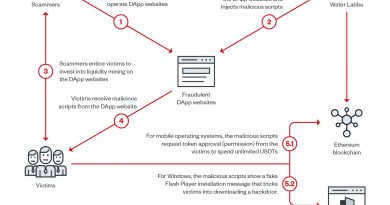Oil and Gas Cybersecurity: Trends & Response to Survey

Q10:Thinking about the last 12 months, post-incident, does your organization make cybersecurity improvements in order to minimize the risks of future attacks? (N=829)
Compared to other industries, the disrupted time during cyberattacks is longer and the amount of damage is large, but the result is that they appear to be reluctant to improve cybersecurity. As mentioned above, it is difficult to stop the system, and even maintenance is required once a year, assuming continuous operation.
Considering the priority of the manufacturing process, there is a possibility that business risks (quality deterioration, decrease in production volume, unstable supply) are avoided by not taking security measures. But the idea of dealing with damage after it happens means that you are underestimating the risk. Such industries have limited opportunities to introduce countermeasures, and when introducing them, careful consideration and careful and short-term introduction are required. Achieving this requires strong leadership from management.
In the oil & gas industry, there is an overwhelming need for enhanced security from partners and customers, and immediate measures are required.
1-4 Drivers of enhanced security are requests from partners and customers and compliance with regulations
We analyzed how the reasons for implementing cybersecurity measures have changed by dividing them into “past*” and “next 3 years”, focusing on the items with the largest rate of change.
We found that business partner/client/customer demand was the strongest driver, with the highest GAP of 6.5 points over the past and next three years. Japan and Germany have increased by 12.0 points and 5.3 points respectively, indicating that external requests are extremely high.
*As of the survey (February to March 2022)
The percentage of cloud systems implemented or scheduled to be implemented also increased by 5.4%. This is 4.2% higher than the industry average of 1.2%, which is larger than other industries. Here too, Japan and Germany show high percentages.
Although the points will drop three years from now, the 5G implementation/implementation plan was selected as the number one initiative so far and received a high score, especially in Japan, the score was very high at 38.6%.
In the US, on the other hand, 31.6% of drivers cited “to comply with industry regulations” as the highest driver, a gap of 11.2% between the past and the future. Germany, on the other hand, fell in priority.
Read More HERE




